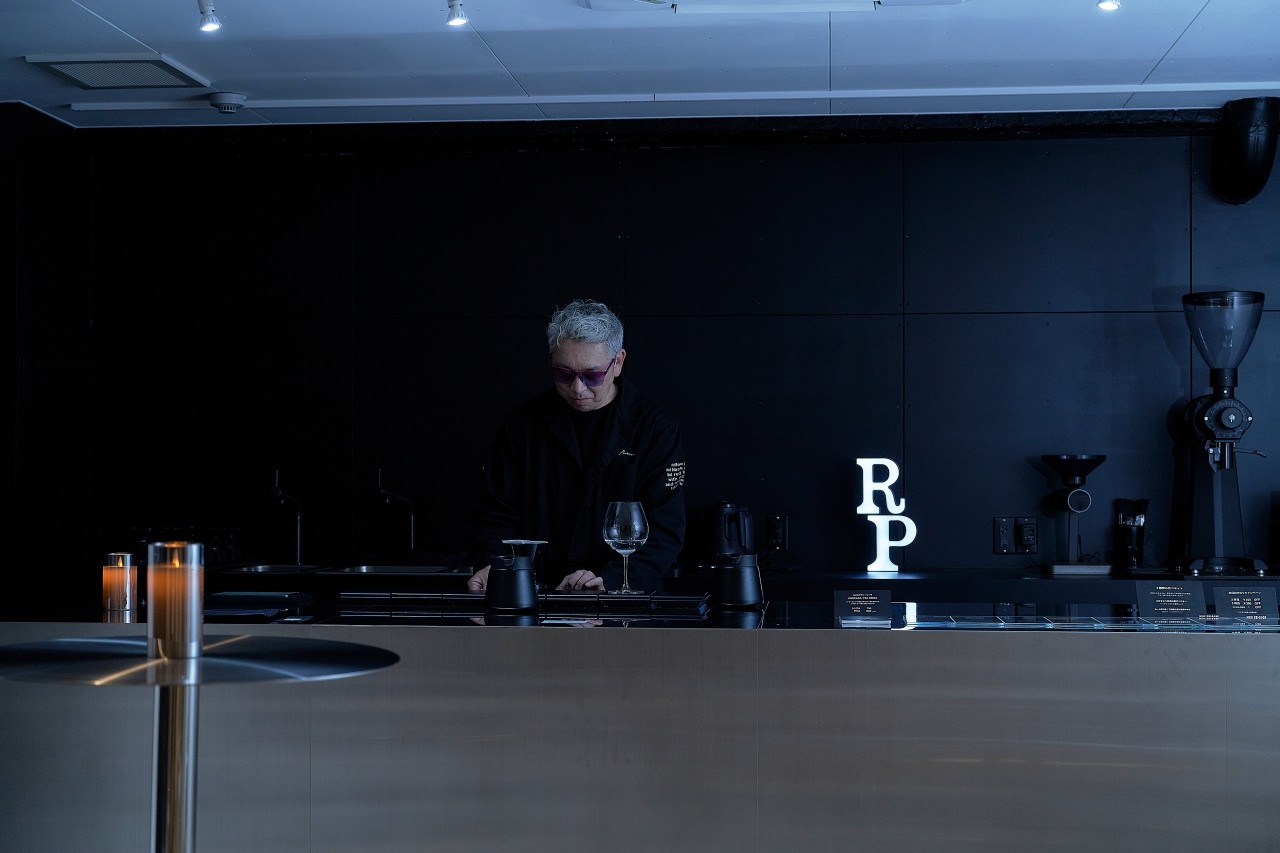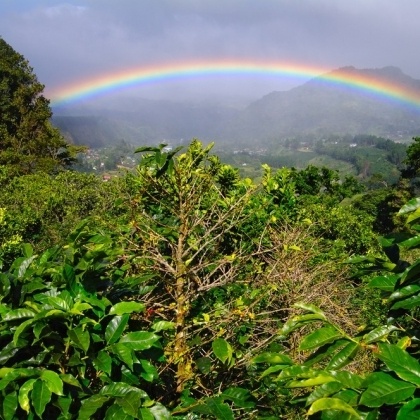Costa Rica, a long-established specialty coffee production area
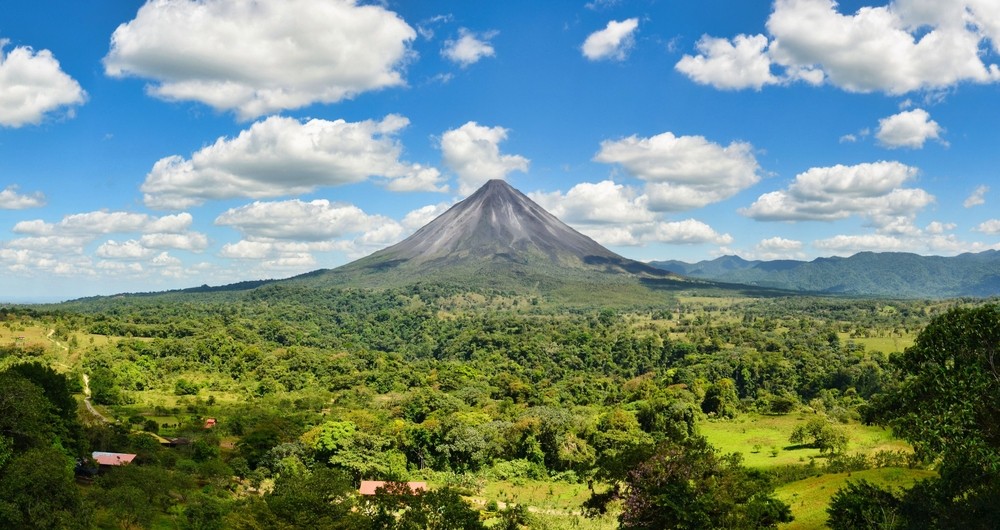
The Republic of Costa Rica, located in the southern part of Central America, is famous as a producer of specialty coffee.
The country, sandwiched between the Caribbean Sea and the Pacific Ocean, is home to over 100 volcanoes, large and small, and coffee plantations are spread out around the several volcanic mountain ranges that run through the center.
In addition, tropical rainforests cover over 40% of the country's land area, making the country an ideal environment for cultivating coffee trees.
The country has a long history of producing high-quality coffee and is known for banning the cultivation of any coffee other than Arabica.
Of the approximately 76,000 tons produced annually, half is traded as specialty coffee.
The country, sandwiched between the Caribbean Sea and the Pacific Ocean, is home to over 100 volcanoes, large and small, and coffee plantations are spread out around the several volcanic mountain ranges that run through the center.
In addition, tropical rainforests cover over 40% of the country's land area, making the country an ideal environment for cultivating coffee trees.
The country has a long history of producing high-quality coffee and is known for banning the cultivation of any coffee other than Arabica.
Of the approximately 76,000 tons produced annually, half is traded as specialty coffee.
History of coffee cultivation
Costa Rica was the first Central American country to seriously industrialize coffee cultivation.
Coffee beans were introduced from Cuba in the 18th century, and by the first half of the 19th century, South America had become one of the major coffee-producing regions, along with Brazil.
Costa Rica, which is unable to grow coffee on large plantations like Brazil, began improving the quality of its coffee early on and exporting it to Europe.It has become a coffee pioneer by improving cultivation methods and varieties, and introducing a wet-washing system.
The Costa Rican Coffee Association (CICAFE) was founded in 1933 and provides guidance to producers and quality control.
Coffee beans were introduced from Cuba in the 18th century, and by the first half of the 19th century, South America had become one of the major coffee-producing regions, along with Brazil.
Costa Rica, which is unable to grow coffee on large plantations like Brazil, began improving the quality of its coffee early on and exporting it to Europe.It has become a coffee pioneer by improving cultivation methods and varieties, and introducing a wet-washing system.
The Costa Rican Coffee Association (CICAFE) was founded in 1933 and provides guidance to producers and quality control.
Characteristics of the cultivation area
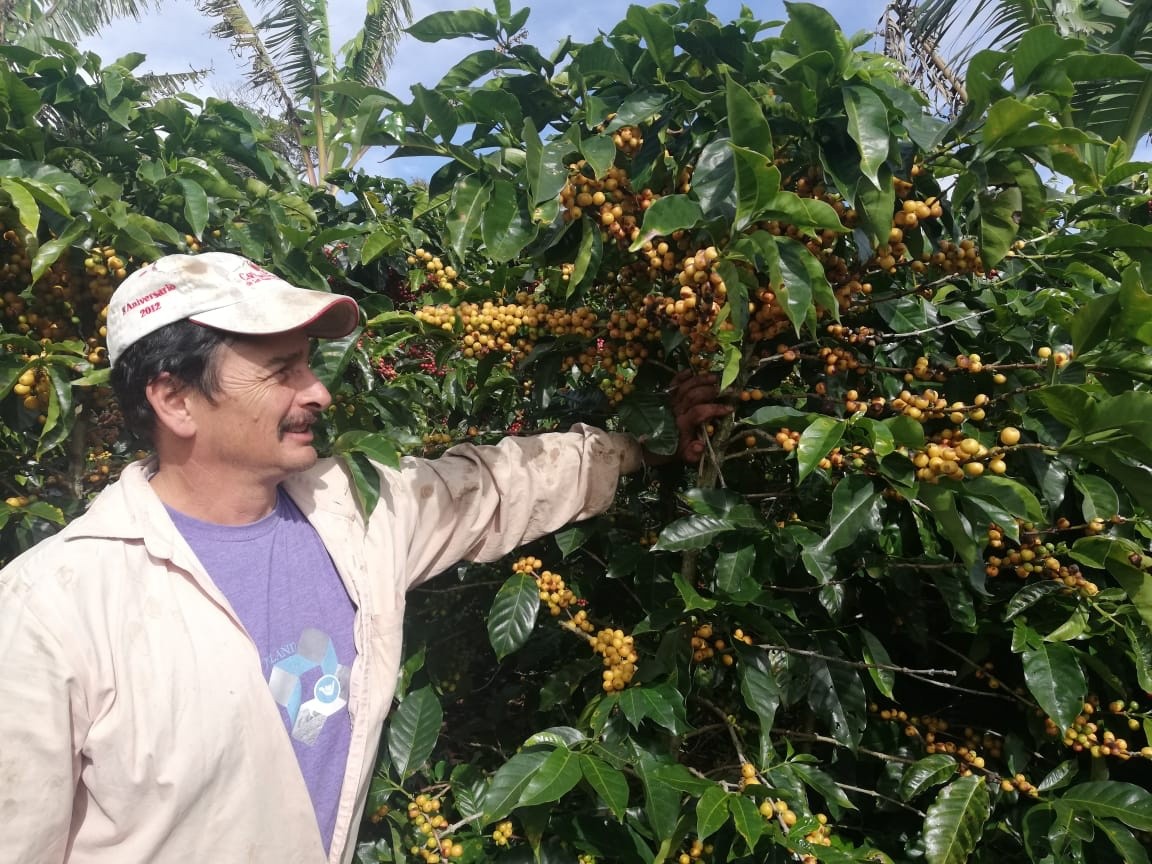
Coffee-producing areas in Costa Rica are characterized by high altitudes, volcanic ash soil, and a climate with distinct rainy and dry seasons. Coffee is generally grown at high altitudes of 800 to 1,700 meters, which gives it a unique flavor. In addition, shade trees are used to grow the coffee because of the high amount of sunlight.
As mentioned above, there are many volcanoes, and the volcanic soil is rich in minerals and has good drainage, making it ideal for growing coffee.
The rainy season is from May to November, and the dry season is from December to April. Harvesting takes place from October, at the end of the rainy season, through to February, during the dry season.
Costa Rica has seven major producing regions: Tarrazu, Tres Rios, Central Valley, West Valley, Orosi, Brunca, and Turrialba. Each producing region has a different flavor.
The most famous of these is Taras, which has a sour taste with citrus and berry notes.
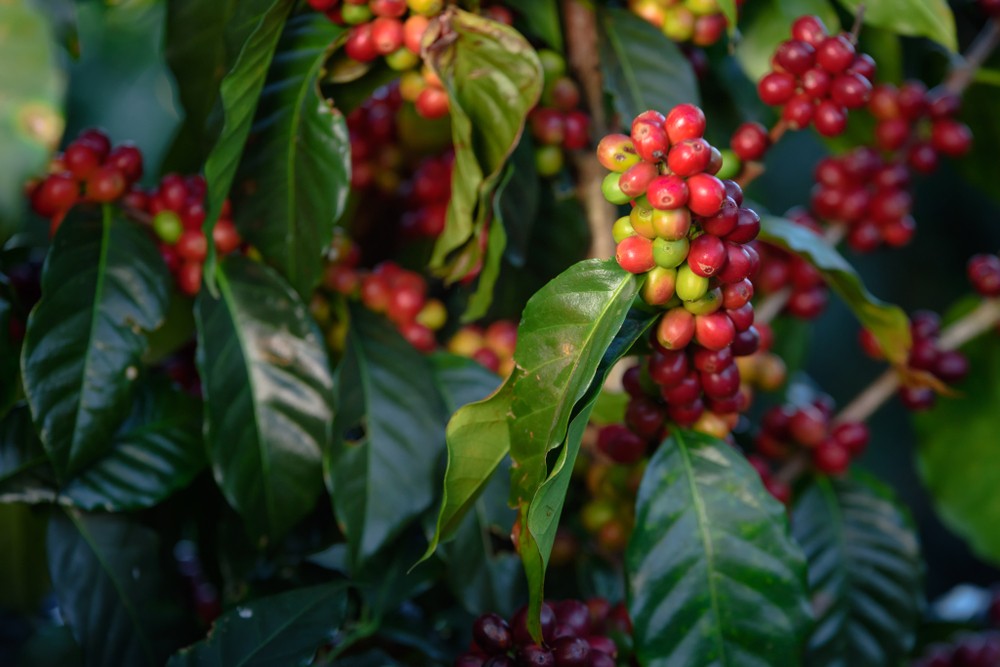
Unique selection method: Honey process
Costa Rica has a unique refining method called "honey process" (pulped natural).
Traditional methods of processing coffee include "natural," in which the pulp is left on and dried, and "washed," in which the mucilage is removed by fermenting the coffee in a water tank and then the coffee is dried in the form of parchment coffee. In Costa Rica, washed coffee was the mainstream until the 1990s.
However, when the Water Quality Protection Act came into effect around 2000, a method of using machines to remove the mucus and then drying the water was developed and became widespread, with the aim of reducing the amount of wastewater discharged.
The rate at which mucus is removed can now be adjusted by changing the machine settings, and this process is now called the honey process. By changing the amount of mucus remaining, we can finely classify the variations and increase added value.
Variations in honey process (removal rate)
Black honey, red honey, gold honey: 0% to 25% Yellow honey: 50% White honey: 90% or more
In this way, Costa Rican coffee has improved in quality through innovative selection methods.
Many small farmers are working on micro-lot production, and in recent years, anaerobic processes are becoming more common.
Traditional methods of processing coffee include "natural," in which the pulp is left on and dried, and "washed," in which the mucilage is removed by fermenting the coffee in a water tank and then the coffee is dried in the form of parchment coffee. In Costa Rica, washed coffee was the mainstream until the 1990s.
However, when the Water Quality Protection Act came into effect around 2000, a method of using machines to remove the mucus and then drying the water was developed and became widespread, with the aim of reducing the amount of wastewater discharged.
The rate at which mucus is removed can now be adjusted by changing the machine settings, and this process is now called the honey process. By changing the amount of mucus remaining, we can finely classify the variations and increase added value.
Variations in honey process (removal rate)
Black honey, red honey, gold honey: 0% to 25% Yellow honey: 50% White honey: 90% or more
In this way, Costa Rican coffee has improved in quality through innovative selection methods.
Many small farmers are working on micro-lot production, and in recent years, anaerobic processes are becoming more common.
Costa Rican coffee will continue to attract attention.
CROWD ROASTER also sells coffee from the Ortiga Farm in Tarrazu, Costa Rica.
Please enjoy this distinctive Costa Rican coffee.
2025.1
CROWD ROASTER
If you want to enjoy coffee more deeply
" CROWD ROASTER APP"
Manabu at CROWD ROASTER LOUNGE
・Push notifications for article updates・Full of original articles exclusive to CROWD ROASTER
・Direct links to detailed information about green beans and roasters
App-only features
- Choose green beans and roasters to create and participate in roasting events・CROWD ROASTER SHOP: Everything from beans to equipment is readily available
・GPS-linked coffee map function



